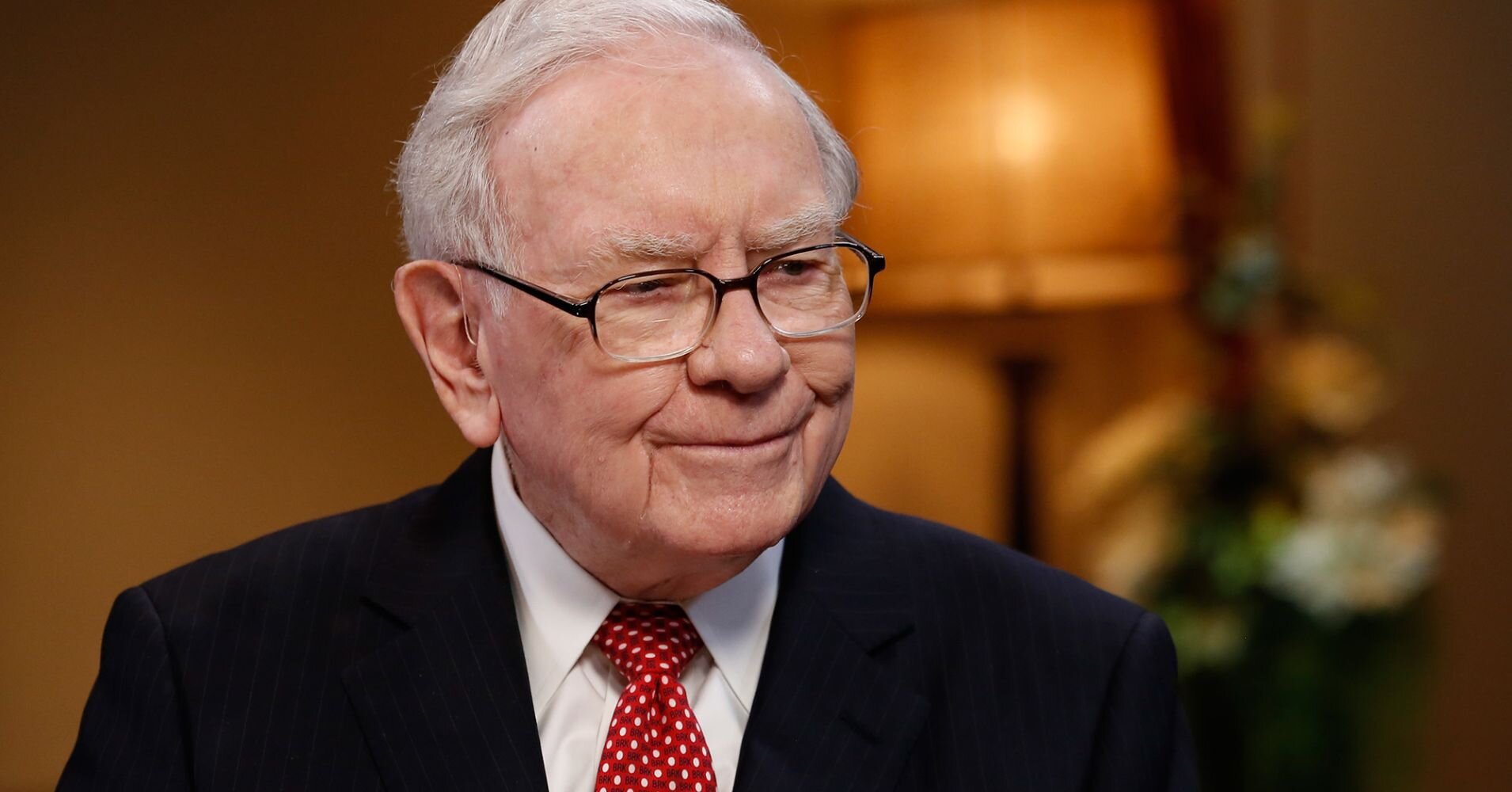How To Build Wealth Slowly But Surely
Warren Buffett is one of the richest people in the world, with an estimate financial fortune of $82.5 billion. He built his fortune through a company called Berkshire Hathaway, which has invested in a range of businesses, including household names like Coca Cola, American Express, Apple and GEICO (the second largest vehicle insurer in the US).
It is widely acknowledged that Buffett is one of the smartest investors in the world. Berkshire Hathaway’s shares have grown at 20.5% per annum between 1965 – 2018. This compares to 9.70% for the S & P 500 (an index benchmark of the 500 largest US quoted companies).[1]
Despite Buffett’s ability to generate much higher returns than the general stockmarket, at the 2018 Berkshire Hathaway shareholders’ meeting he restated his view that most people would be best served investing their long-term savings into a low-cost fund that replicates the overall stockmarket.
Patience is a virtue
Buffett made his first investment in 1942 aged 11 and made this point:
“If my $114.75 had been invested in a no-fee S&P 500 index fund, and all dividends had been reinvested, my stake would have grown to be worth (pre-taxes) $606,811 on January 31, 2019. That is a gain of 5,288 for 1. Meanwhile, a $1 million investment by a tax-free institution of that time – say, a pension fund or college endowment – would have grown to about $5.3 billion. Let me add one additional calculation that I believe will shock you: If that hypothetical institution had paid only 1% of assets annually to various “helpers,” such as investment managers and consultants, its gain would have been cut in half, to $2.65 billion. That’s what happens over 77 years when the 11.8% annual return actually achieved by the S&P 500 is recalculated at a 10.8% rate.”[2]
What this means for you as you build your wealth are:
a) the returns from a stockmarket index fund represent your fair share of the returns that are there for the taking from owning a share of world class companies;
b) time is your friend and the earlier you start investing and the longer you hold your investment, the more you will benefit from compounding (making returns on past returns);
c) costs, whether for advice, investment funds or investment administration, really matter, with an all-in charge of ‘just’ 1% per annum (which is low compared to what most people pay) halving the returns over the past 77 years.
Needle or the haystack?
There are lots of super smart people who think they can produce long term investment returns that are higher than the stockmarket as a whole. Buffett is a rare example of someone who has achieved that, but he is the exception, not the norm.
Hedge funds are investment funds which are managed by clever people who think they can beat the general stockmarket and they charge very high fees to investors for trying to do so.
Warren Buffett made a bet in 2007 “that a virtually cost-free investment in an unmanaged S&P 500 index fund – would, over time, deliver better results than those achieved by most investment professionals, however well-regarded and incentivised those “helpers” may be.
Protégé Partners, my counter-party to the bet, picked five “funds-of-funds” that it expected to over-perform the S&P 500. That was not a small sample. Those five funds-of-funds in turn owned interests in more than 200 hedge funds.”
Essentially, Protégé, an advisory firm that knew its way around Wall Street, selected five investment experts who, in turn, employed several hundred other investment experts, each managing his or her own hedge fund. This assemblage was an elite crew, loaded with brains, adrenaline and confidence.
The managers of the five funds-of-funds possessed a further advantage: They could – and did – rearrange their portfolios of hedge funds during the ten years, investing with new “stars” while exiting their positions in hedge funds whose managers had lost their touch.
Every actor on Protégé’s side was highly incentivised: Both the fund-of-funds managers and the hedge-fund managers they selected significantly shared in gains, even those achieved simply because the market generally moves upwards.
“Those performance incentives, it should be emphasized, were frosting on a huge and tasty cake: Even if the funds lost money for their investors during the decade, their managers could grow very rich. That would occur because fixed fees averaging a staggering 21⁄2% of assets or so were paid every year by the fund-of-funds’ investors, with part of these fees going to the managers at the five funds-of-funds and the balance going to the 200-plus managers of the underlying hedge funds.
“Let me emphasize that there was nothing aberrational about stock-market behavior over the ten-year stretch. If a poll of investment “experts” had been asked late in 2007 for a forecast of long-term common-stock returns, their guesses would have likely averaged close to the 8.5% actually delivered by the S&P 500. Making money in that environment should have been easy. Indeed, Wall Street “helpers” earned staggering sums. While this group prospered, however, many of their investors experienced a lost decade.
Performance comes, performance goes. Fees never falter.” [3]
Buffett gave his winnings from the bet to charity.
When it comes to your own investment strategy remember that buying the stockmarket haystack, in the form of a low-cost, globally diversified index fund, has been shown to be a smart move. If an ensemble of the brightest and best investment brains being beaten by an index fund by a very wide margin over a decade doesn’t convince you, nothing will.
[1] http://www.berkshirehathaway.com/letters/2018ltr.pdf
[2] Ibid.
[3] http://www.berkshirehathaway.com/letters/2017ltr.pdf

